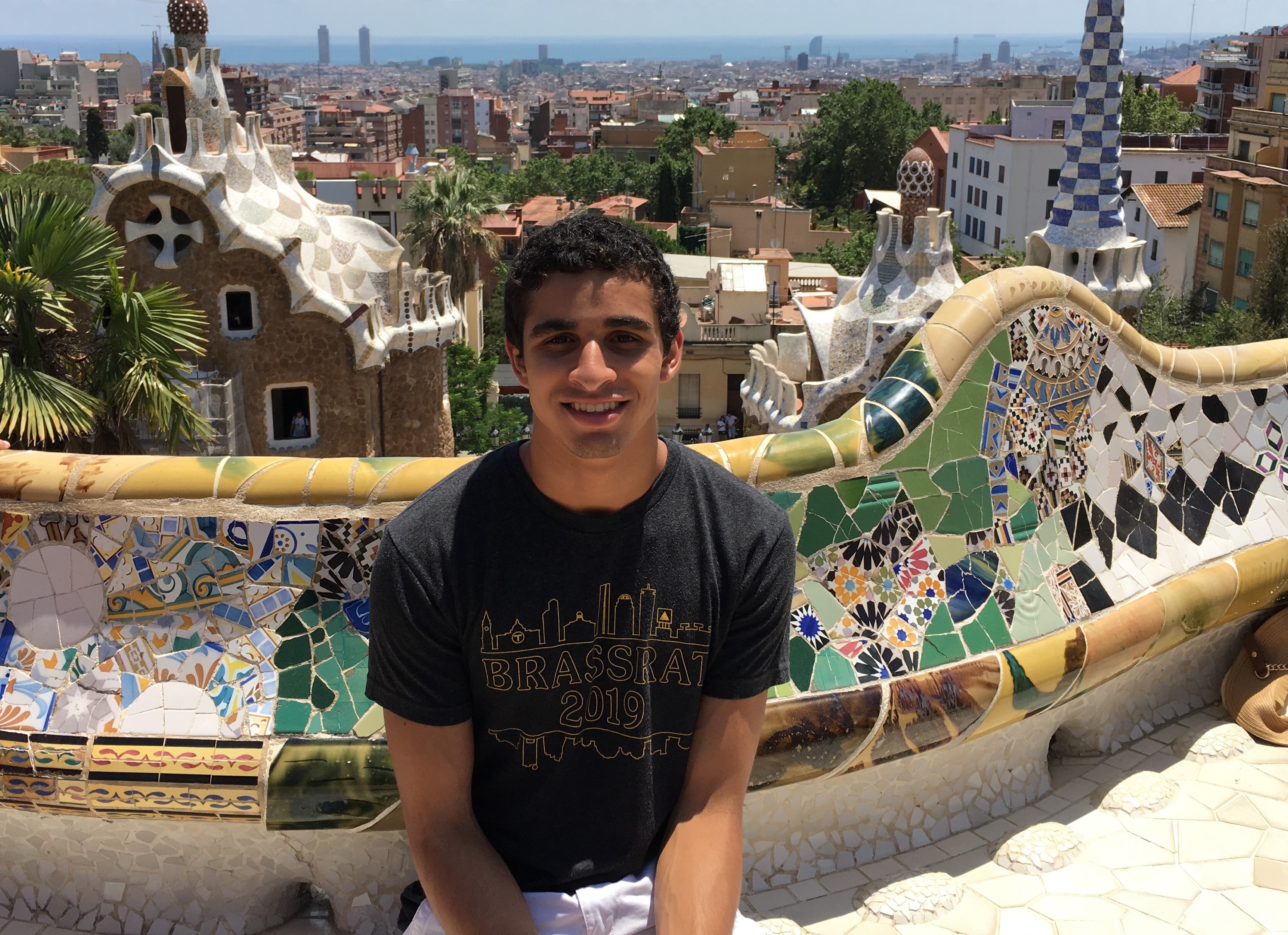- February 11, 2022
MIT-Spain gave Nathan the opportunity to explore Spanish culture from more than a tourist’s perspective, revealing the benefits and struggles of being a scientist and a resident in Spain.
After years of studying Spanish, Nathan finally fulfilled his dream of living and working in a Spanish-speaking country through his MIT-Spain experience.
Learning protocol is the easy part
This summer Nathan had the amazing opportunity to work at the Cajal Institute, the largest neuroscience institute in Spain. Having only worked with fruit flies at his lab at MIT, Nathan hoped to expand his skills and knowledge by joining a lab group that studies a vastly different model - mouse primary hippocampal neurons grown in culture. As Nathan soon discovered, this would not be as easy as he initially expected; nevertheless, it was still an invaluable learning experience.
From the beginning of his research internship, Juanjo, the group leader in Nathan’s lab, emphasized building a deep understanding of the science behind every technique used in the lab. “Learning to follow the protocol is the easy part,” Juanjo would explain. “Even my 10-year-old nephew could learn to follow a list of techniques. If you want to be a good scientist, you must ask “Why?” You must learn the biology, the chemistry, and the physics involved in everything you can do. This is important if you want to adapt your experiments or troubleshoot any problems when your experiment goes unexpectedly.” These were the guiding principles behind Nathan’s approach to his research experience, during which he spent the first couple of weeks reading literature about cell culture protocol, observing lab members as they worked, and asking plenty of questions. Nathan plans to bring this philosophy with him as returns to his lab in the United States, in order to become a better researcher.
The two month time constraint of Nathan’s internship along with limited resources at the Cajal Institute prevented him from receiving an adequate level of training to allow him to contribute much meaningful work to the lab’s projects. Lab members were particularly hesitant to allow him to work with the cell cultures, because cultured neurons are extremely delicate and the lab could not afford to waste any neuron samples. However, Nathan did have the occasional opportunity to perform practice dissections of hippocampi and assist lab members with their work, and one week he was even able to grow his own line of postnatal neurons to compare with embryonic neurons under the microscope. When he was unable to find wet lab work to do, Nathan took advantage of the available time to ask questions and learn a wealth of information about cell culture and its applications so that he would be well prepared to work with cell culture in the future.
